I Expanded My Garden for Free – and Gifted Tons of Plants to Friends and Family With One Simple Gardening Technique
Dividing plants is a great way to expand your garden for free and also a perfect way to share your bounty with others.
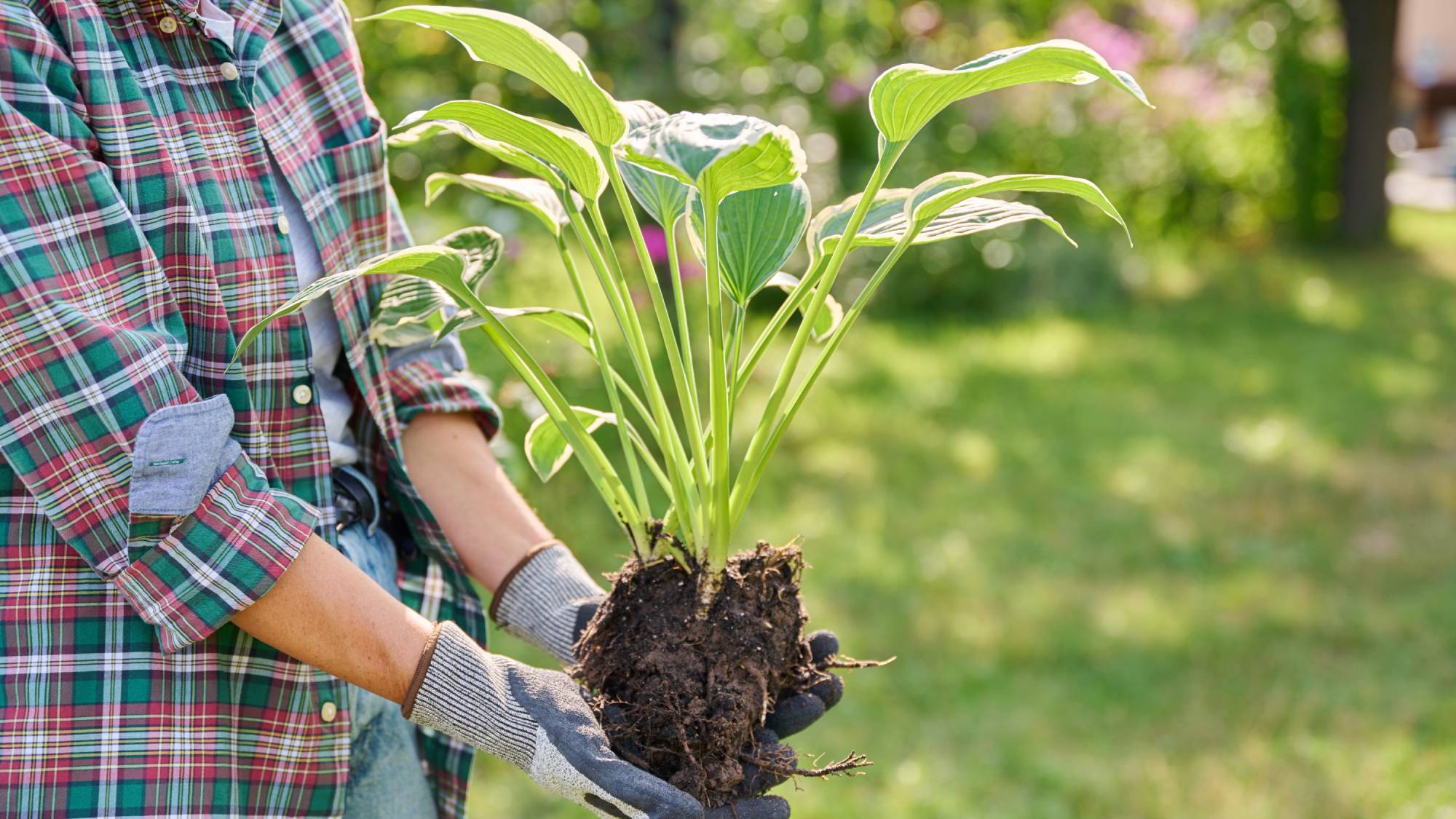

Amy Draiss
Anyone who knows me knows my mantra, “Free is my favorite.” And it is so true. I will gladly spend money on something I think is worth the price or that I absolutely need, but let’s be frank, in this economy, we could all use a freebie. So here I am, ready to divulge my secrets to getting free plants. Yep, free.
You may already know some ways to get free to cheap plants. Go to the rack of dying specimens at the big box store. Scour social media; there’s always someone out there with free seeds, houseplants or even bulbs like iris. Libraries often have seed exchanges. You can even get free trees or native plants from the government.
But I digress. My favorite way to get free plants and share plants with my friends and family is to divide them. If you’re new to gardening, this may sound daunting but trust me, it isn’t. Especially if you follow my tips and tricks for easy plant division.
Tips and Tricks for Plant Division
Before you even divide a plant, you’re saving money. How? Well, plants that propagate well by division are generally perennials and by choosing perennials you’ve saved money. Unlike annuals, perennials keep on giving year after year, making them well worth the cost.
My first tip is to choose healthy perennials. This isn’t the time to roll the dice and hope those dead coneflowers will suddenly resurrect.
Dig a big hole. Don’t be chintzy when you dig up the perennial you wish to divide. Give the root system a wide berth. That way you won’t damage the root ball. This sturdy nursery spade from A.M. Leonard, which is available on Amazon, has a beveled blade that makes quick work of dense or rocky soil.
Prepare your planting area. If you are going to divide a plant, make sure you have some place to put the divisions. Most plants would appreciate it if you divided them and then planted the divisions immediately in some fertile, loose soil. This can be in the garden or in a container.
Sign up for the Gardening Know How newsletter today and receive a free copy of our e-book "How to Grow Delicious Tomatoes".
Best Time To Divide Plants
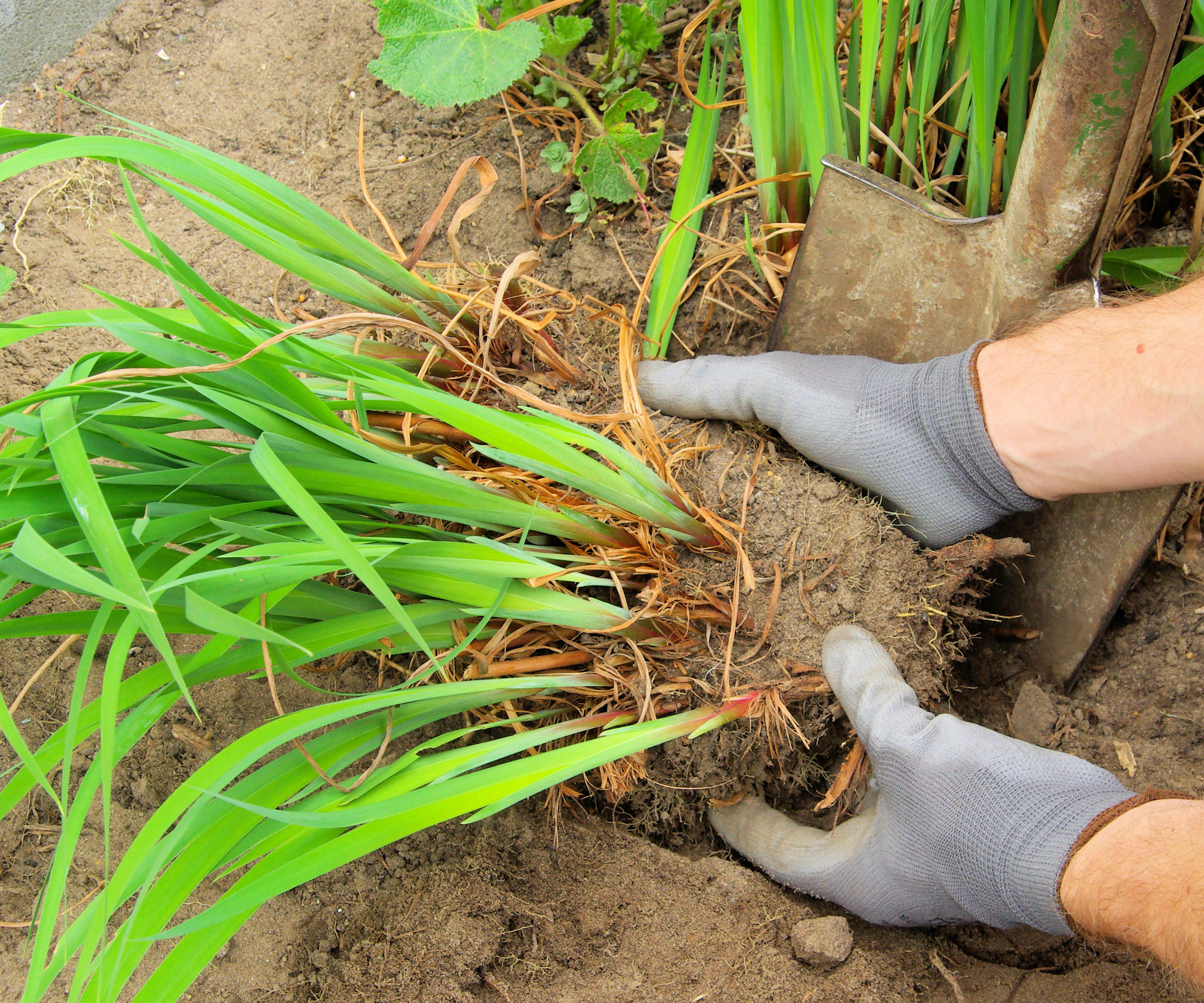
Divide plants when the weather is cool. This will reduce stress on the plant. Plants that flower in the summer can be divided in the fall or just before growth in the early spring.
If you have spring bloomers you wish to divide, the best time to do so is in the summer after the plant has bloomed, when the plant is devoting energy to root, not flower production.
Signs You Should Divide a Plant
I find that most perennials are not difficult to divide. In fact, they often give clear signals that it's time to do so. What should you look for? Plants that start to produce fewer blooms, look overcrowded, or become leggy or stunted are sending you a clear message that it’s time to divide them.
Overcrowded plants may also spread out and form new plants that are still connected to the Mother plant. These are especially easy to divide, needing only be severed from the parent plant.
Another clear signal is plants that have a thinning or bare center. This is especially obvious in clump forming perennials.
Easy Plants to Divide
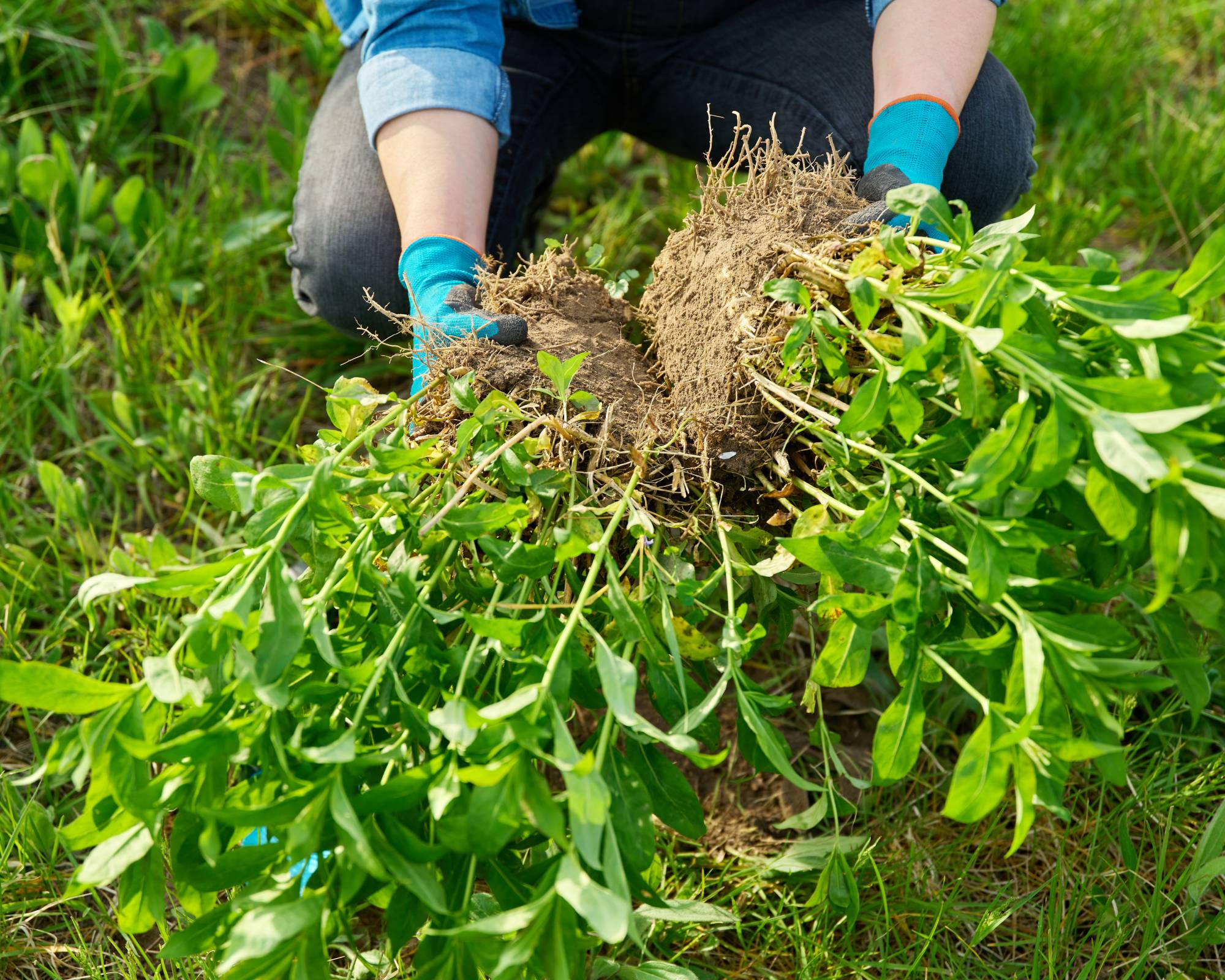
The best perennials to divide in fall include flowers, grasses, and groundcover. The easiest plants to divide are often the most commonly found. Rudbeckia or Black-Eyed Susan, coneflower, liatris, stonecrop sedums, phlox, anemone, aster, hosta, iris, and daylily.
Difficult Plants to Divide
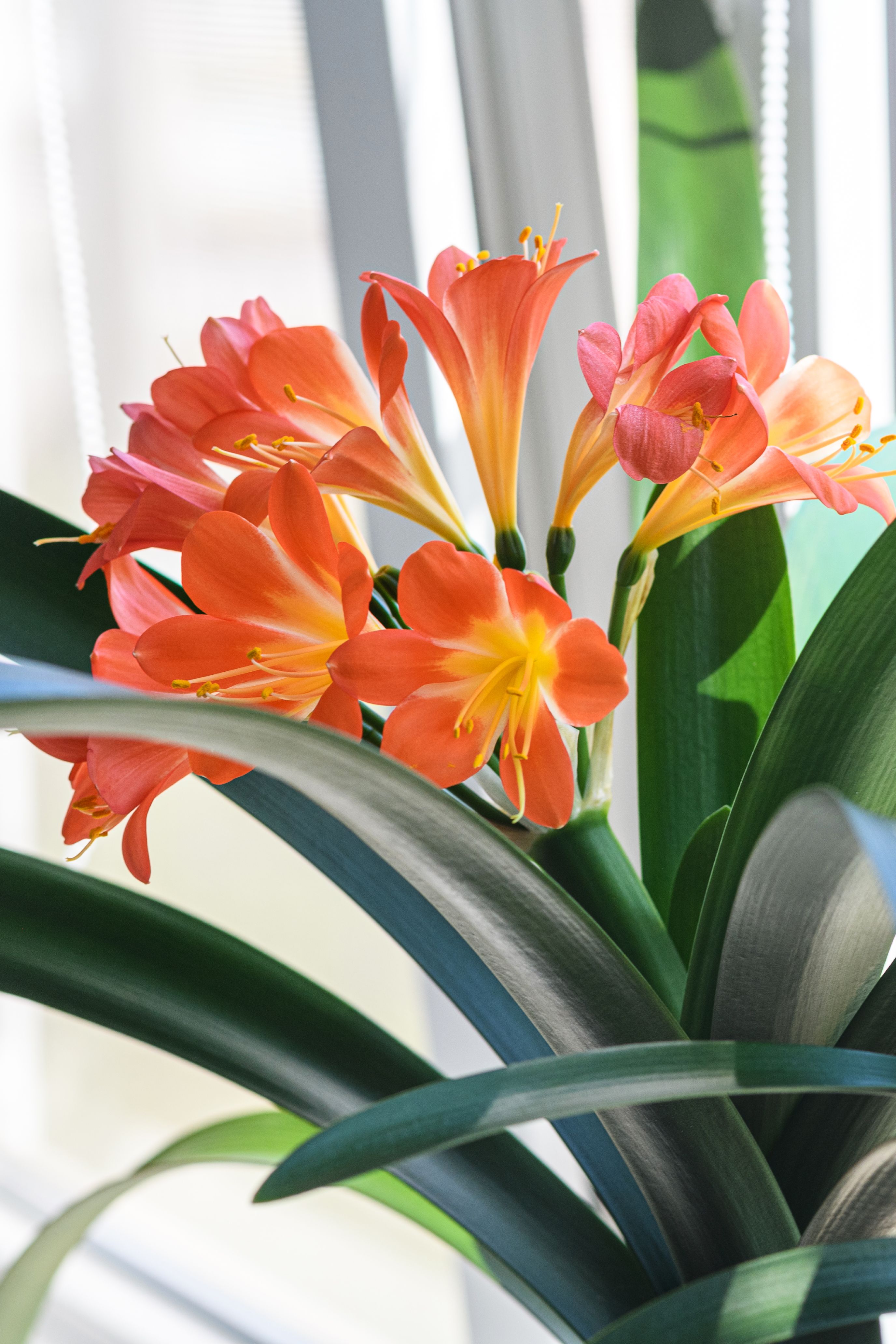
The hardest plant I ever had to divide was an indoor Clivia plant. I’d received this beauty from my honey for Valentine’s day and it had reliably rebloomed for a few years. Until it didn’t.
Clivia likes to be root bound so I hadn’t bothered to repot her. That is until she stopped blooming. So, I used my handy dandy soil knife to loosen the incredibly root bound plant from the pot and, with some assistance, heaved it out. (Our editors swear by this soil knife from heritage brand A.M. Leonard which can be found on Amazon.)
What I beheld amazed me. There was barely any soil. Instead there was a coiled labyrinth of roots shaped exactly like the container it was growing in. so dense, I could actually set the plant down and the roots held it up as if it was still potted.
There was no clear delineation as to where to cut so with a bit of a whispered prayer, I made the first cut down through the Clivia to form 3 separate plants. I gently loosened some of the roots and root-pruned a few, then planted all 3 sections. Today, my mother, sister and I all have one of these Clivia, spreading the love, so to speak.
Other plants that are difficult to divide include baptisia, poppy, milkweed, goat's beard, peony and lupine.
I’ve Run Out of Time, Now What?
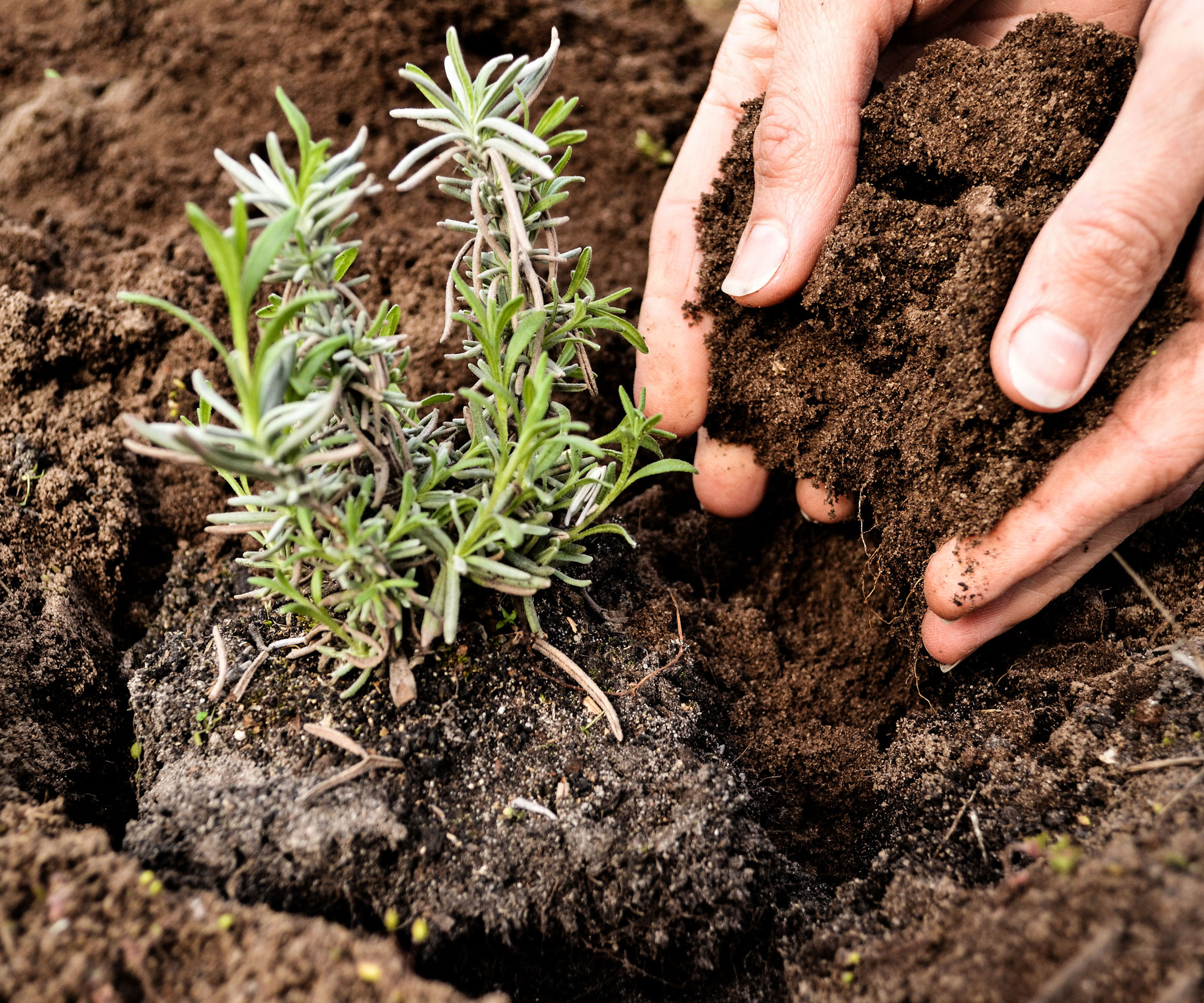
Don’t just leave the divisions out of the ground and expect them to survive. In all honesty I have done this in the past because I ran out of time and it didn't go well. If you too run out of time, I’ve been known to plop my divisions in some garden soil in a reusable nursery pot or even a garbage bag (leave the green parts hanging out of the bag!).
Place the barely planted divisions in partial shade. Give them a drink of water. They should be okay for a few days. The key is to keep the roots cool, covered and moist until you can get back to the plants and take care of them properly.
Free Plants For All!
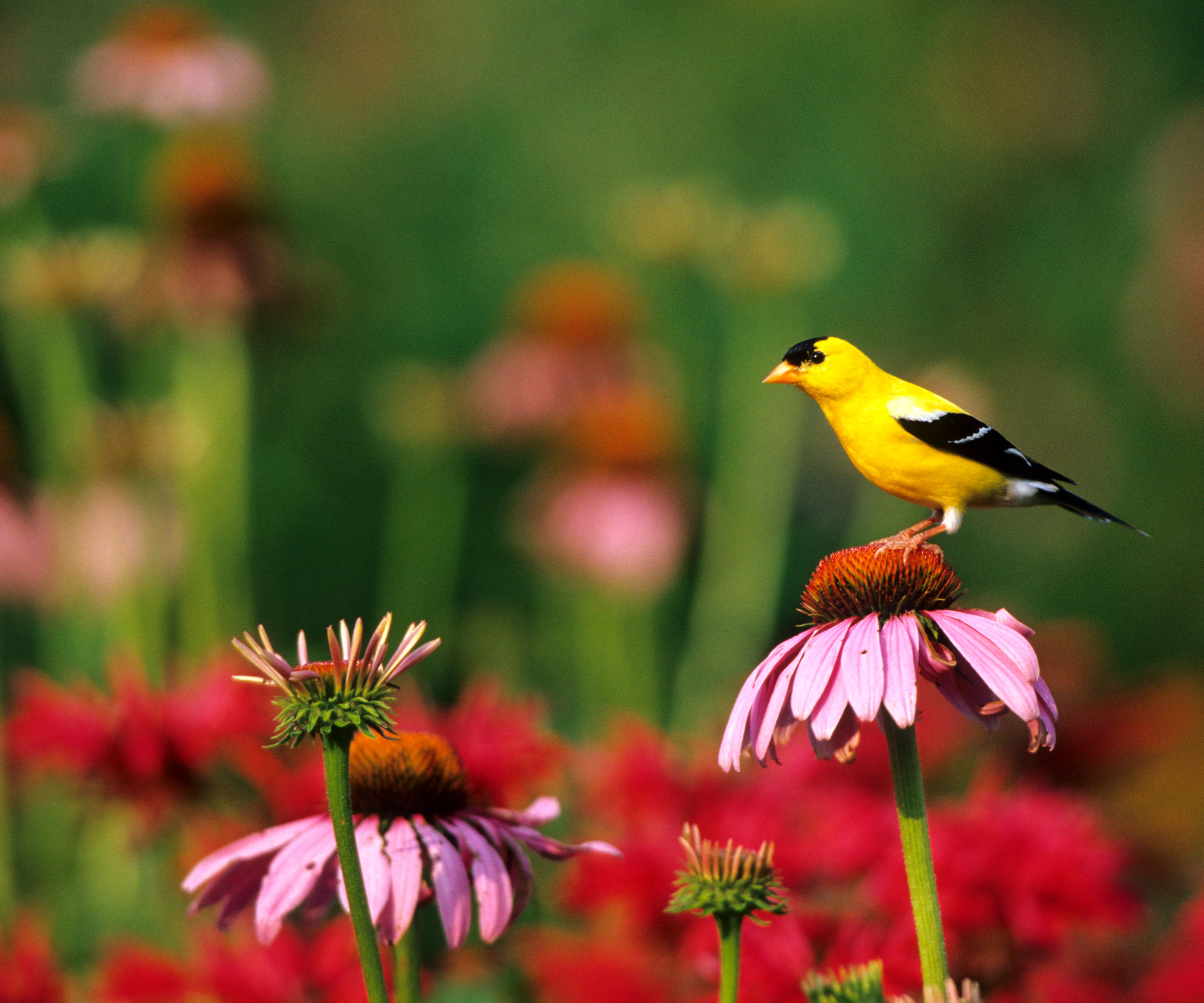
If you’ve made it this far, I hope you can feel my passion for plant division. There’s no better, easier way to garner a few free plants for your own use or to share with family and friends.
And if family and friends don’t want your plant divisions, please put them up on a social media site because I, for one, am on the prowl looking for free plant offers and will be more than happy to take them off your hands! Because “Free is my favorite” and one can never have too many plants.

Amy Grant has been gardening for 30 years and writing for 15. A professional chef and caterer, Amy's area of expertise is culinary gardening.
- Amy DraissDigital Community Manager